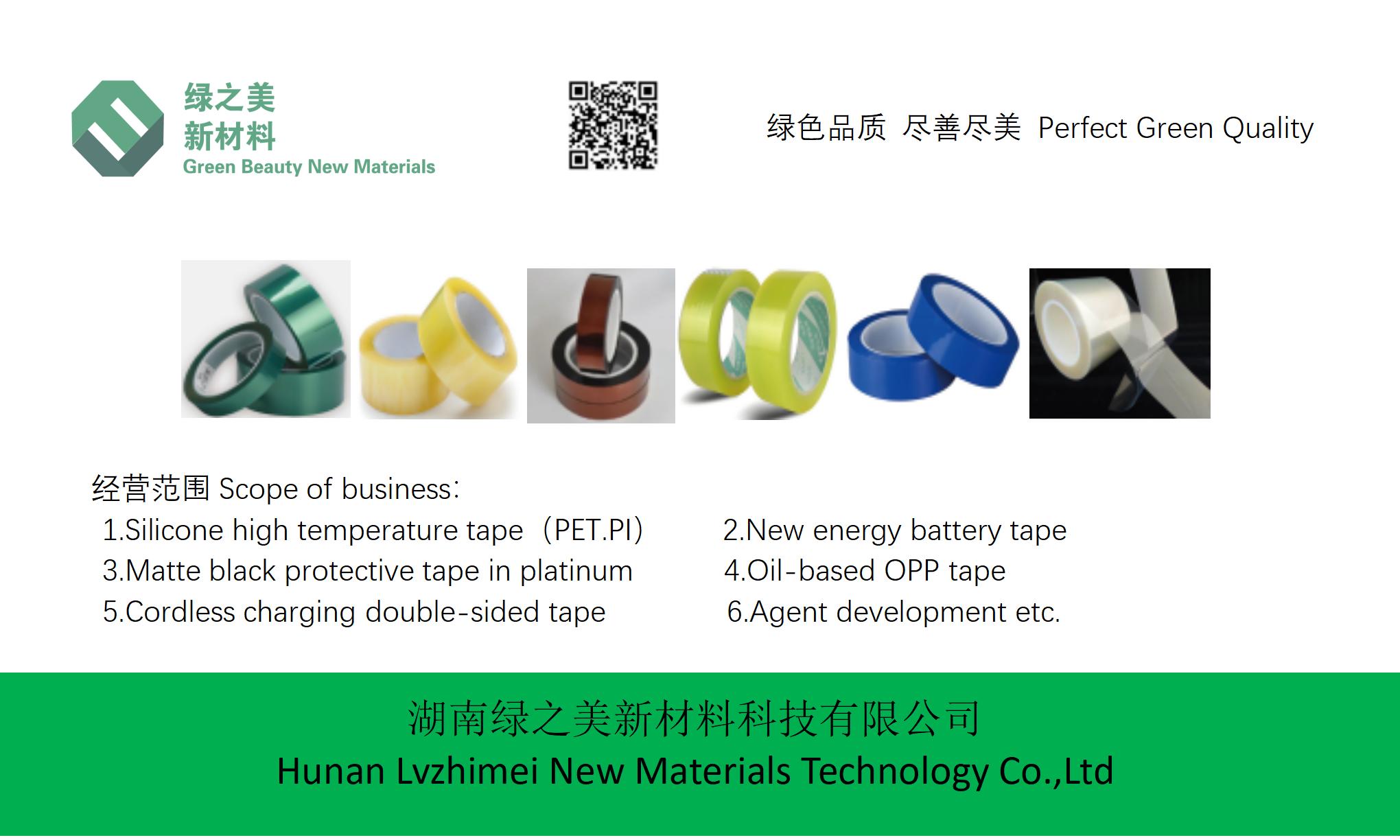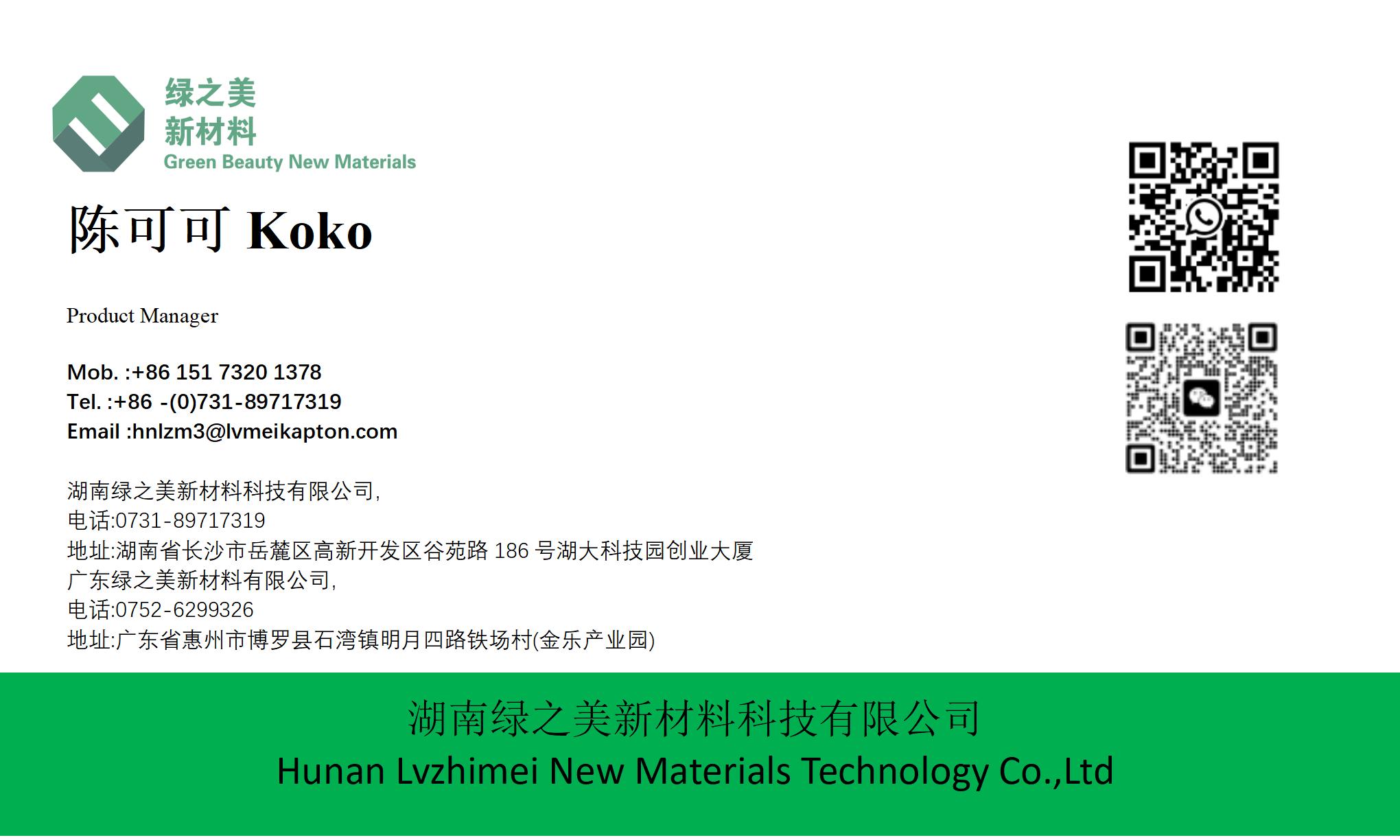hnlzm@lvmeikapton.com
+86 13787123465


Hunan Lvzhimei New Material Technology Co., Ltd.


NameDescriptionContent
When Is Brown Circuit Board High Temperature Tape Essential for IoT Device Manufacturing? |https://www.lvmeikapton.com/
Source:
|
Author:Koko Chan
|
Published time: 2025-04-18
|
0 Views
|
Share:
The Internet of Things (IoT) revolution has transformed how devices communicate and interact, with billions of interconnected devices powering smart homes, industrial automation, healthcare systems, and more. As IoT devices become smaller, more powerful, and integrated into critical applications, their manufacturing processes face stringent requirements for reliability and durability. One often-overlooked yet crucial component in this ecosystem is brown circuit board high temperature tape, a specialized adhesive solution that ensures device integrity under extreme thermal conditions. This article delves into the essentiality of brown circuit board high temperature tape in IoT manufacturing, exploring its applications, benefits, and technical considerations.


When Is Brown Circuit Board High Temperature Tape Essential for IoT Device Manufacturing?
IntroductionThe Internet of Things (IoT) revolution has transformed how devices communicate and interact, with billions of interconnected devices powering smart homes, industrial automation, healthcare systems, and more. As IoT devices become smaller, more powerful, and integrated into critical applications, their manufacturing processes face stringent requirements for reliability and durability. One often-overlooked yet crucial component in this ecosystem is brown circuit board high temperature tape, a specialized adhesive solution that ensures device integrity under extreme thermal conditions. This article delves into the essentiality of brown circuit board high temperature tape in IoT manufacturing, exploring its applications, benefits, and technical considerations.
The Role of High Temperature Tape in Electronics ManufacturingHigh temperature tapes are engineered to withstand prolonged exposure to elevated temperatures, typically ranging from 120°C to 260°C, while maintaining adhesive strength, dimensional stability, and electrical insulation. These tapes are constructed from advanced materials like polyimide (Kapton), polytetrafluoroethylene (PTFE), and adhesive PET material high temperature tape, each offering unique properties suited to specific manufacturing processes. For IoT devices, where miniaturization and complexity demand precision, high temperature tapes serve four critical functions:
1.
Thermal Protection During Soldering and Reflow ProcessesIoT circuit boards often undergo soldering techniques like surface mount technology (SMT) and reflow processes, which expose components to temperatures exceeding 200°C. Brown circuit board high temperature tape acts as a protective barrier, shielding sensitive areas (e.g., connectors, capacitors) from heat damage and preventing thermal degradation of substrates. Its non-residue adhesive ensures clean removal post-process, avoiding component contamination.
2.
Masking and Insulation for Selective CoatingsDuring conformal coating or selective soldering, high temperature tape masks designated regions to prevent unintended material deposition. For example, brown circuit board high temperature tape can be applied to gold fingers or plated through-holes to protect them from coating materials, maintaining electrical conductivity and preventing corrosion.
3.
Bonding and Fixturing in Harsh EnvironmentsIoT devices deployed in automotive, aerospace, or industrial settings must endure temperature fluctuations, vibrations, and chemical exposure. High temperature tapes with adhesive PET material offer robust mechanical bonding strength, ensuring components remain securely fixed even under thermal cycling or mechanical stress.
4.
Electrical Insulation and Dielectric ProtectionThe inherent dielectric properties of high temperature tapes (e.g., PET-based tapes with silicone adhesive) prevent electrical shorts and arcing, crucial for maintaining device safety and performance, especially in densely packed IoT modules.
Why Brown Circuit Board High Temperature Tape Is Essential for IoT DevicesBrown circuit board high temperature tape—typically fabricated using PET (polyethylene terephthalate) as the substrate and coated with silicone adhesive—possesses several attributes that make it indispensable in IoT manufacturing:
1. Exceptional Temperature Resistance
PET-based tapes exhibit excellent thermal stability, maintaining structural integrity and adhesive properties at temperatures up to 260°C. This resilience is vital during processes like lead-free soldering, which requires higher temperatures than traditional soldering methods, ensuring components remain protected without tape deformation or delamination.
2. Low Residue and Clean Removal
Unlike some lower-grade tapes that leave adhesive residues upon removal, brown circuit board high temperature tape features a non-residue silicone adhesive. This characteristic is crucial for IoT devices with intricate circuitry, as residue accumulation can lead to electrical failures or impede subsequent assembly steps.
3. Versatile Adhesion to Diverse Substrates
The adhesive layer in PET high temperature tapes adheres effectively to metals, plastics, ceramics, and circuit board materials. This versatility allows it to bond components across heterogeneous IoT device architectures, enhancing manufacturing flexibility.
4. Cost-Effectiveness and Process Efficiency
Compared to alternative high-temperature materials (e.g., Kapton), PET-based tapes offer competitive pricing without compromising performance. This cost advantage, coupled with their ease of application and removal, streamlines production workflows and reduces material waste.
Key Use Cases in IoT Device ManufacturingThe necessity of brown circuit board high temperature tape becomes evident through its applications in IoT device fabrication:
Table: Key Use Cases of Brown Circuit Board High Temperature Tape in IoT Manufacturing
Application | Process | Function |
PCB Assembly | SMT Reflow Soldering | Shields components from heat, masks non-solder areas |
Electrical Coating | Conformal Coating | Protects connectors from coating materials |
Sensor Module Fabrication | Wave Soldering | Secures components during high-temperature soldering |
Battery Assembly | Thermal Bonding of Cells | Provides mechanical stability and electrical insulation |
Smart Automotive Electronics | Engine Control Unit (ECU) Manufacturing | Protects circuitry from underhood heat and vibration |
Industrial IoT Devices | Powder Coating of Enclosures | Masks sensitive areas during high-temperature curing processes |
Technical Considerations for Selecting Brown Circuit Board High Temperature TapeIoT manufacturers must consider several factors when choosing high temperature tape:
1.
Temperature RangeEnsure the tape’s rated temperature exceeds the peak process temperature by 20-30°C to account for thermal gradients and process variations. For example, a tape rated at 260°C is ideal for lead-free soldering (peak 245°C).
2.
Adhesion Strength and ResidueOpt for tapes with balanced adhesive strength—enough to secure components but easy to remove without residue. Test samples under actual process conditions to validate performance.
3.
Thickness and TackinessThin tapes (e.g., 50-75 μm) offer better conformability to intricate board geometries. Tackiness (initial adhesive strength) must be sufficient to hold components during handling but not overly aggressive to avoid damage.
4.
Chemical ResistanceIn automotive or industrial IoT devices, tapes should resist oils, solvents, and corrosive environments to ensure long-term reliability.
Challenges and Future TrendsWhile brown circuit board high temperature tape solves many manufacturing challenges, emerging IoT technologies pose new requirements:
1.
Miniaturization and 3D IntegrationAs IoT devices shrink, tapes must adapt to micron-level precision application. Future tapes may feature laser-cut profiles for exact masking or incorporate micro-adhesive patterns.
2.
Higher Temperature ProcessesAdvancements in materials like gallium nitride (GaN) require tapes capable of enduring temperatures above 300°C. Research into novel polymers (e.g., polyetheretherketone) is underway.
3.
Sustainability and RecyclingEnvironmental regulations drive demand for tapes with recyclable substrates or biodegradable adhesives, balancing performance with eco-friendly attributes.
Case Study: Smart Home Thermostat ManufacturingConsider a smart thermostat integrating multiple sensors and Wi-Fi modules. During production:
●
Wave soldering: Brown circuit board high temperature tape masks thermally sensitive components (e.g., Wi-Fi antenna).
●
Conformal coating: The tape protects connectors from acrylic coating, preventing short circuits.
●
Final assembly: It bonds heat sinks to power modules, ensuring thermal conductivity and mechanical stability.
By leveraging high temperature tape at each stage, the thermostat maintains reliability in residential environments with fluctuating temperatures (e.g., -20°C to 60°C).
ConclusionBrown circuit board high temperature tape is an unsung hero in IoT device manufacturing, enabling devices to withstand the thermal rigors of modern production processes while ensuring long-term reliability. As IoT technologies evolve, the demand for tapes with enhanced performance and sustainability will continue to grow. For manufacturers aiming to deliver robust, high-performing IoT solutions, understanding and leveraging the capabilities of brown circuit board high temperature tape and adhesive PET material high temperature tape is essential to staying competitive in this rapidly advancing field.



Hunan Lvzhimei New Material Technology Co., Ltd.
Quick Links
Product Categories
© 2024 Hunan Lvzhimei New Material Technology Co., Ltd.All Rights Reserved. Designed by Erge
0731 - 89717319
hnlzm@lvmeikapton.com
+86 13787123465
Room 502, Chuangye Building, No186, Guyuan Road, High-Tech District, Changsha, Hunan, China
CONTACT



